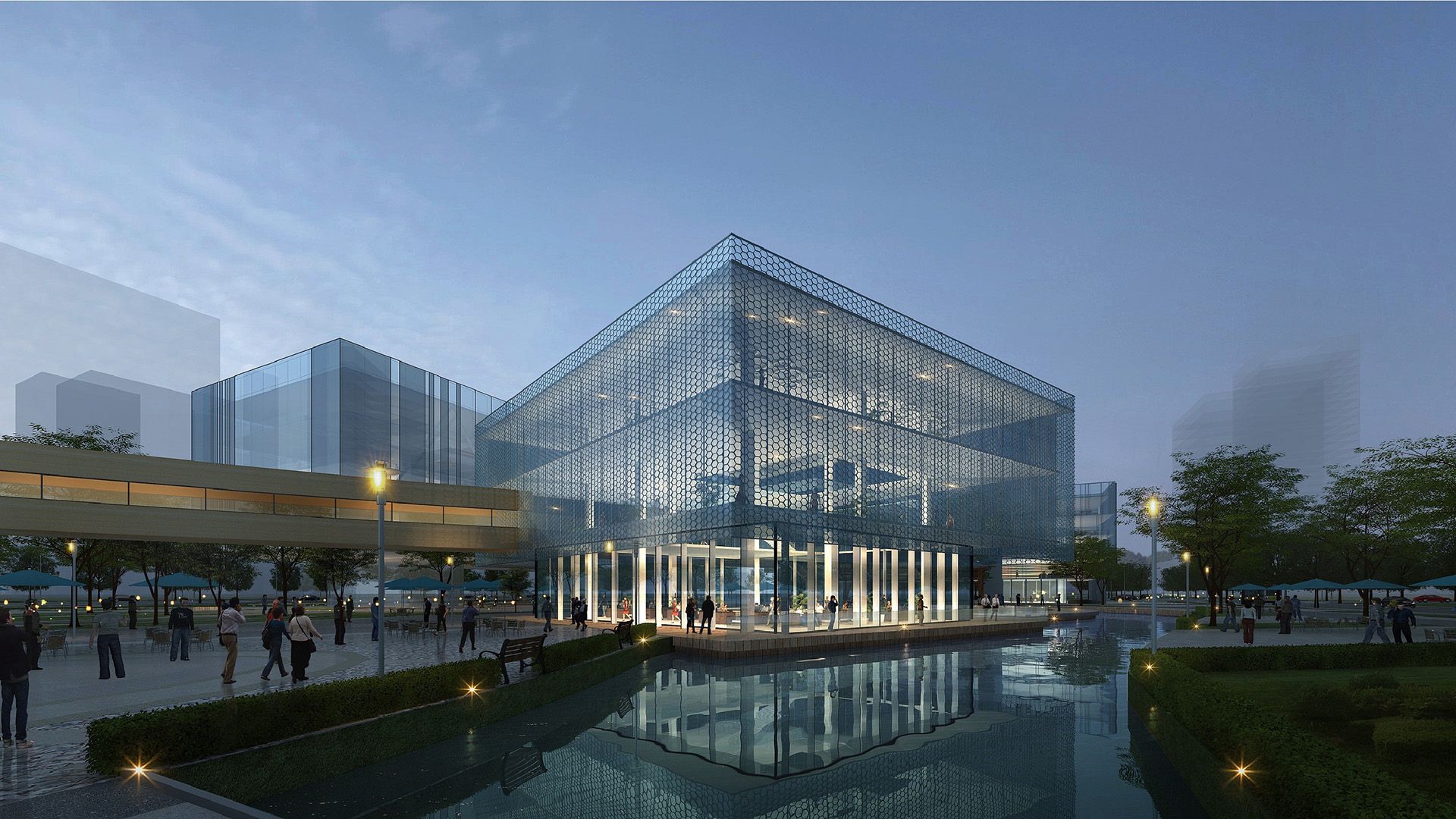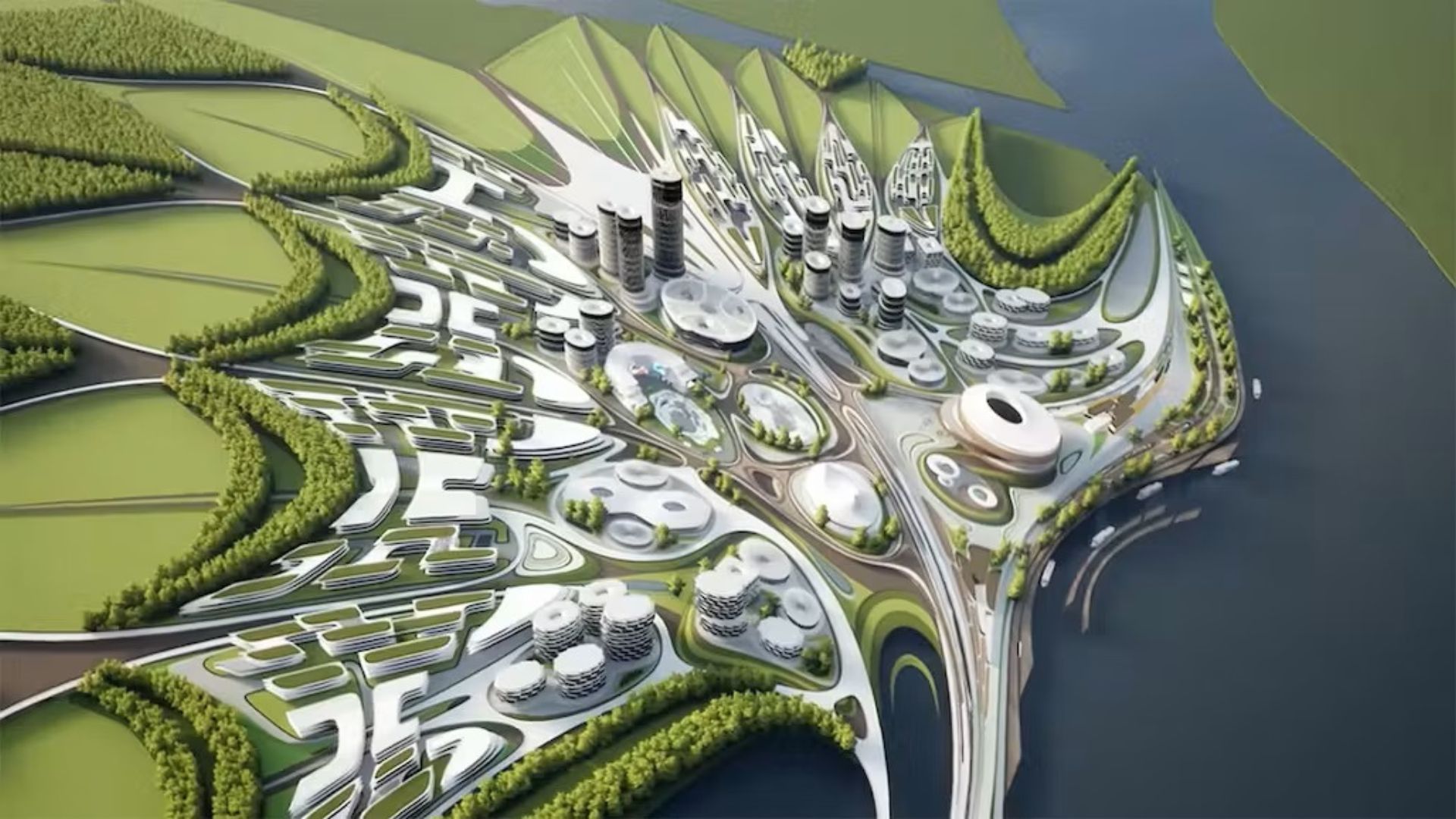The architectural landscape is constantly evolving, embracing new materials and technologies to push the boundaries of design. As we step into 2024, a focus on sustainability, adaptability, and human-centric spaces continues to shape the industry. This translates into a surge in trending architectural materials in 2024 that prioritize eco-friendliness, functionality, and aesthetics. So, buckle up, design enthusiasts and architecture aficionados! We’re looking deeper into the world of innovation to explore the hottest materials that are poised to transform the way we build and experience our surroundings.

Sustainable Solutions
To begin with, with a growing emphasis on environmental responsibility, trending architectural materials in 2024 prioritize sustainability. Here are some of the frontrunners:
Bio-Based Materials
Nature offers a treasure trove of sustainable options. Materials like bamboo, cork, and mycelium (fungus-based composites) are gaining traction for their rapid renewal rates, low embodied energy (energy used to extract, process, and transport a material), and unique aesthetic qualities.
Recycled and Upcycled Materials
Additionally, giving new life to existing materials is a powerful way to reduce environmental impact. Architects are increasingly incorporating recycled steel, reclaimed wood, and even salvaged plastic into their designs, creating structures with a rich history and a smaller environmental footprint.
Locally Sourced Materials
Reducing transportation emissions and supporting local economies are key considerations. Architects are specifying materials readily available in the building location, minimizing the environmental impact associated with long-distance transportation. These sustainable choices not only benefit the environment but also often offer unique design possibilities, adding a touch of warmth and character to architectural projects.
Innovation in Mass Timber Construction
Wood, a timeless building material, is experiencing a renaissance in the form of trending architectural materials in 2024 known as Mass Timber. Here’s what makes it stand out:
Engineered Wood Products
Advancements in technology have led to the development of engineered wood products like Cross-Laminated Timber (CLT) and Glulam beams. These offer superior strength, fire resistance, and dimensional stability compared to traditional sawn lumber, allowing for the construction of taller and more complex timber structures.
Environmental Benefits
Additionally, wood is a renewable resource and can act as a carbon sink, storing atmospheric carbon dioxide throughout its lifespan. Moreover, this makes Mass Timber construction an attractive option for eco-conscious projects.
Aesthetic Appeal
The warmth and natural beauty of wood bring a unique character to buildings. Exposed timber beams and elements can create a sense of connection to nature and a visually appealing interior environment.
The Rise of Tech-Enabled Materials
Technology is no longer an afterthought in architecture. Trending architectural materials in 2024 are increasingly incorporating smart features to enhance functionality and user experience. Here are some examples:
Kinetic Facades
These dynamic building envelopes can adjust to respond to external factors like sunlight, temperature, and wind. Additionally, this not only improves energy efficiency but also creates a visually captivating element that interacts with the environment.
Self-Healing Concrete
Additionally, embedded with bacteria or microcapsules containing healing agents, this innovative material can automatically repair small cracks, extending the lifespan of concrete structures and reducing maintenance costs.
Photovoltaic Glass
Moreover, this technology integrates solar cells into glass panels, transforming windows into energy-generating surfaces. This not only reduces reliance on traditional energy sources but also creates a visually seamless integration of renewable energy production into buildings.

